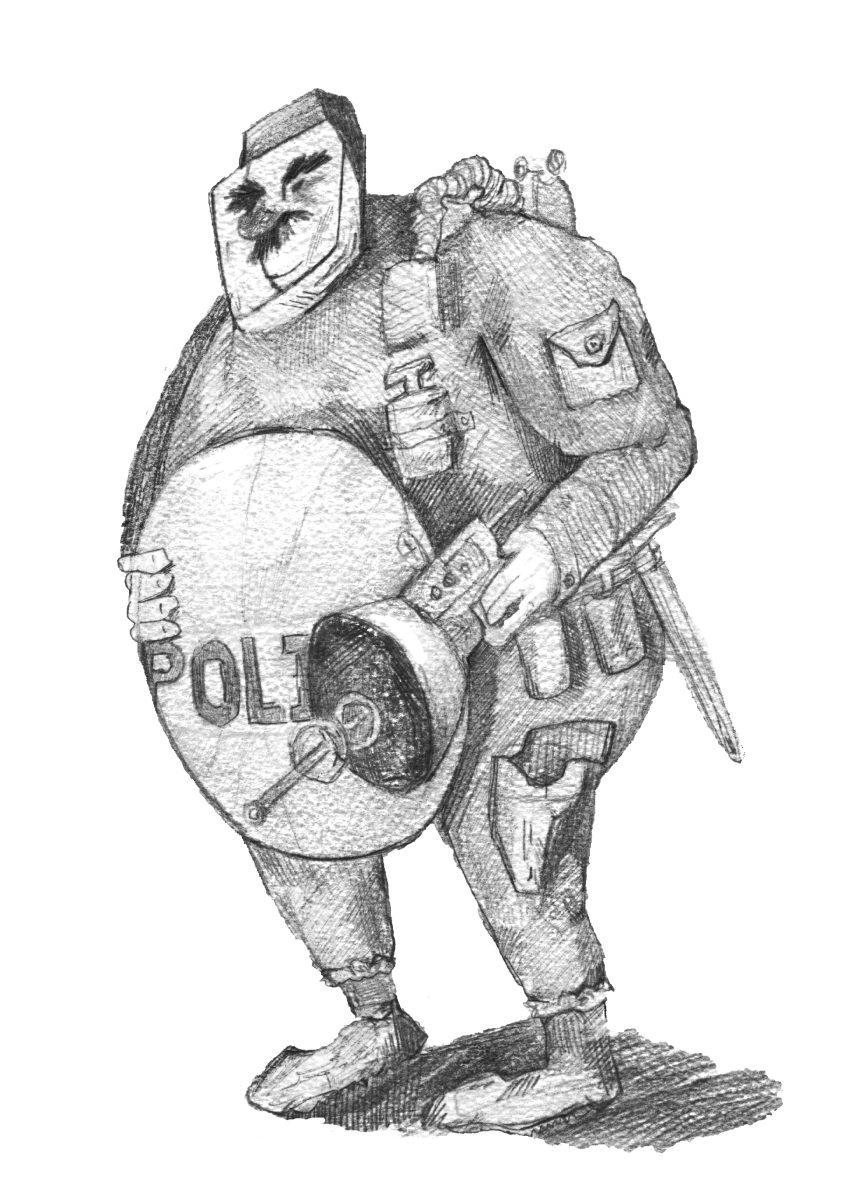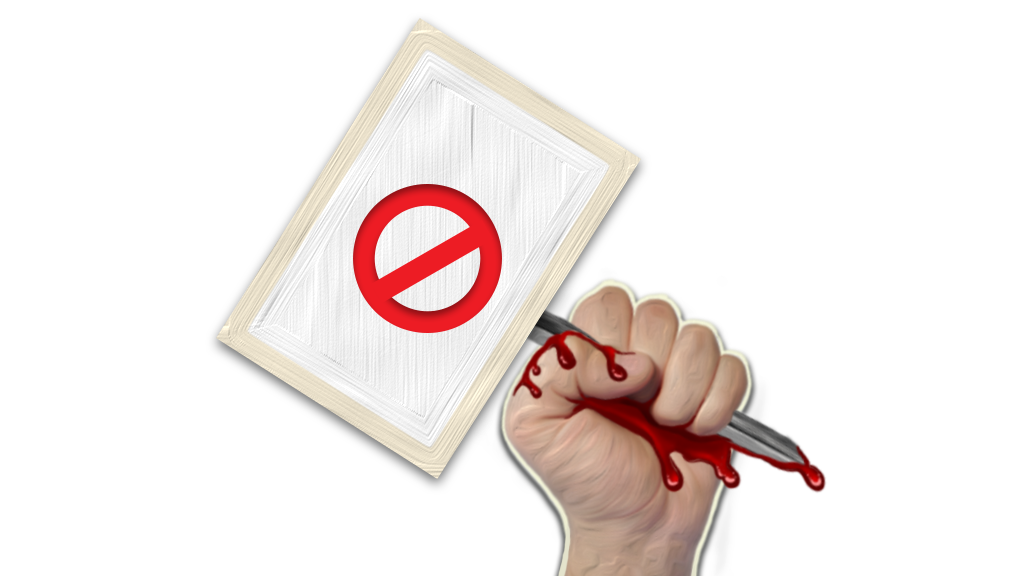Our generation has been filled with outstanding technological advancements. From smart phones to social media, people want as much information as possible delivered faster than ever. Even just 15 years ago, the lack of instant communication and the technology available for coverage made all the difference in protesting. Through multiple venues people now have the ability to spread information globally and view live streaming videos with just a few taps of their fingers.
Closed-circuit television – or CCTV – first came about in the 1940s and was used for more specific, niche purposes. Today, this video surveillance camera system is used mainly for viewing traffic violations or in gas stations, convenience stores and homes as a security system.
In 2009, CCTV was used to view footage of London protests against the Israeli offensive in Gaza where
Sukey, an app invented by students in London due to protests occurring because of the Middle East conflicts in 2011, demonstrates another evolution in protest technology. As people tweeted to warn others about the minute to minute action, the creators were inspired and wanted something better, faster and all from one source. Sukey “collects messages, tweets and photos from protesters and tries to make sense of what is going on,” according to the BBC. It is also supposed to direct people away from trouble with a built-in compass that suggests which safe areas to move towards.
Twelve years ago in China, while half-a-million people protested a national security bill (and ultimately won), the “protests felt mostly like a Hong Kong story, separate from the rest of the world,” according to Emily Parker’s New Yorker article, titled “Social Media and the Hong Kong Protests.” Now, with technology on their side, activists have found various ways to spread images and information over platforms such as WhatsApp, Twitter and Facebook.
Fifteen years ago, before the Internet could be accessed just about anywhere, receiving up-to-the-minute, breaking information and news could take a significant amount of time. Today, one person tweets 140 characters or less on Twitter and millions are updated on worldwide breaking news.
Social media may also provoke people to react faster and more often while reading about breaking news from people just like them. Scrolling through live tweets or finding organizations on Facebook that reflect their views may encourage their opinions on a social conflict and cause them to join a cause they’re interested in.
Technology has forever changed how plans for protests are executed by helping people communicate. Then, once social media came to life, it expanded and diversified how news is spread and how protests gain momentum. Although there are positives and negatives concerning protesting as technology advances, the more it progresses, the more the mode of protesting will too.







